Gov. Tony Evers | Gov. Tony Evers Official U.S. Governor headshot
Gov. Tony Evers | Gov. Tony Evers Official U.S. Governor headshot
MADISON — Gov. Evers yesterday visited Parks Falls for the rebuild kickoff event for the Marshfield Medical Center-Park Falls. In 2022, the governor awarded $20 million through the Healthcare Infrastructure Capital Investment Grant Program to address the facility’s aging infrastructure, improve outdated inpatient rooms, create a dedicated urgent care space, and bring new sleep study and retail pharmacy services to the hospital. The project is set to be finished in 2025. Photos of the rebuild kickoff event yesterday in Park Falls are here, here, and here.
“We’ve made progress over the last four years in expanding access to healthcare across our state, especially in our rural communities, to help address barriers to folks getting the care they need,” said Gov. Evers. “In Park Falls, where the next closest hospital is nearly an hour away, we were proud to invest $20 million to upgrade this facility and better serve the residents of Park Falls and the surrounding area. We must keep working to expand healthcare access in rural communities across the state—making sure every Wisconsinite has access to high-quality, affordable healthcare is not only good for our economy and our workforce, it’s also the right thing to do.”
Additionally, Wisconsin Department of Administration (DOA) Secretary Kathy Blumenfeld yesterday attended a groundbreaking event for a new fire station in Oconto Falls. The new fire station was supported by a $7 million grant awarded to the city of Oconto Falls as part of investments for emergency response projects under the previously announced Neighborhood Investment Fund Grant Program and Healthcare Infrastructure Capital Investment Grant Program. Photos of the groundbreaking event yesterday in Oconto Falls are available here and here.
“This new fire station will be a key feature of this community, and it’s a project that I am glad our administration could be a partner in helping create,” said DOA Secretary Blumenfeld. “When someone calls for help, they should be able to trust that help will come, and with the construction of this new station, the Oconto Falls Fire Department will be able to expand their services and better serve their community.”
Since 2019, Gov. Evers has been working to expand access to quality, affordable healthcare for all Wisconsinites, including in the state’s most rural communities, which often face additional hurdles in ensuring residents have access to healthcare. These efforts have included previous budget investments to increase support for rural healthcare providers and initiatives to invest in the state’s healthcare infrastructure, such as the Healthcare Infrastructure Capital Investment Grant Program. This program was created by Gov. Evers to invest in capital projects that specifically support increasing access to healthcare for low-income, uninsured, and underserved communities. To date, more than $100 million in grants have been awarded to 27 projects statewide to address healthcare access needs in communities across the state, including the project at Marshfield Medical Center-Park Falls.
Gov. Evers has also invested more than $69 million to support and stabilize Wisconsin’s emergency medical service (EMS) systems and providers. Between rising costs and a lack of available staffing, some communities have had to go without ambulance services, left with no other option but to hope and rely upon neighboring providers. To help address these challenges, Gov. Evers directed funding to EMS providers across the state, especially in rural communities, for whatever they needed most to continue serving their communities, including staffing support, training for first responders, or purchasing new supplies, medical equipment, and vehicles. As part of the governor’s overall investment in EMS, he directed $8 million in one-time supplemental funding for the Funding Assistance Program (FAP), as well as $32 million through the EMS Flex Grant Program to help fill the gap for those providers who were otherwise not eligible for FAP funding.
An online version of this release is available here.
Original source can be found here.
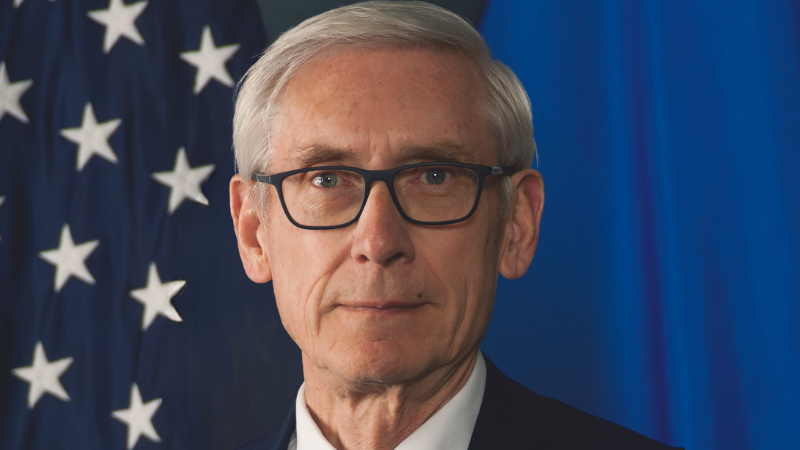
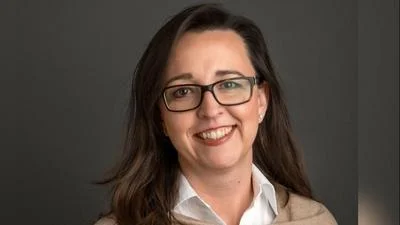

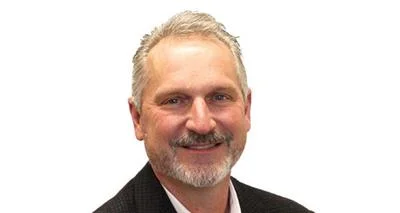
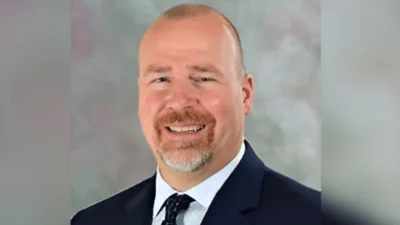
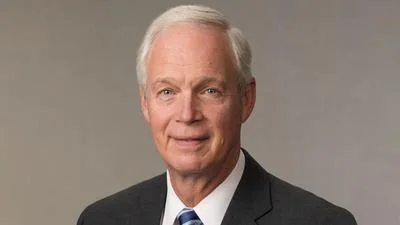
 Alerts Sign-up
Alerts Sign-up